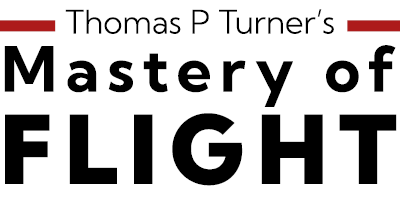I’ve never been to Oshkosh without seeing at least one airplane ground-loop. It’s almost always a tailwheel airplane, but I’ve seen loss of directional control in “nosewheel” designs as well. And no, I wasn’t flying all (or even any) of these airplanes.
Loss of Control
Loss of directional control on landing is almost always a result of pilot distraction with a contributing factor of adverse surface winds. In many cases wind exceeds the pilot’s crosswind currency; in others the “ground loop” comes from exceeding the airplane’s capability.
There’s one thing in common among all the Oshkosh ground-loops I’ve personally witnessed, however—landing with a quartering tailwind, especially landings on Runway 36 with the typical summer’s southwest wind.
The way it goes…. Pressed to route as many arrivals as possible into Wittman Field in the early stages of AirVenture, and with demands from flight demonstrations, air show acts, fly-bys and departures, the superb professionals that work Air Traffic procedures during the event are sometimes forced to route traffic to non-optimal runways, with light-to-moderate tailwind components.
Lessons as you prepare for Oshkosh Regardless of your airplane’s landing gear configuration,
- Practice your crosswind landings. Get really good at them…and more importantly, know your limitations, and the limitations of the airplane.
- Very cautiously try a few landings on a wide runway with a very light tailcomponent crosswind. Assume you’ll have to go around unless things work out perfectly (instead of the opposite expectation of a successful landing).
- Note that left-turning tendency of most airplanes means it’ll be harder to maintain control with a wind from behind your left.
- Get familiar with whether you can land safely with any tailwind component at all, and if so, what little tailwind you can safely handle.
Note: This is an EXCELLENT exercise for hiring a good CFI experienced and current in your airplane type.
- With your personal tailwind minimums and very recent practice in mind, be ready to follow AirVenture procedures to break out of the arrival early, or go around if surface winds exceed your capability.
Remember that when given an ATC clearance, it is your responsibility to determine whether complying is safe. If you have any doubts, it is your responsibility as Pilot-inCommand to decline the clearance and request a revised clearance. Pilots don’t like to ask the tower for a runway change. At the same time, it’s your safety and that of your passengers at risk—if anything goes wrong it’s your fault. Do not delegate the decision to land to Air Traffic Control, or to other pilots if arriving in an organized group.
Remember ATC sequences traffic for arrival, but you retain your responsibility as pilot-in-command, and mastery of your landing maneuver should never seriously be in doubt.
FLYING LESSONS:
Realize that sometimes you, or your airplane, are not up to the AirVenture runway in use. Be ready to go somewhere else until conditions improve.

